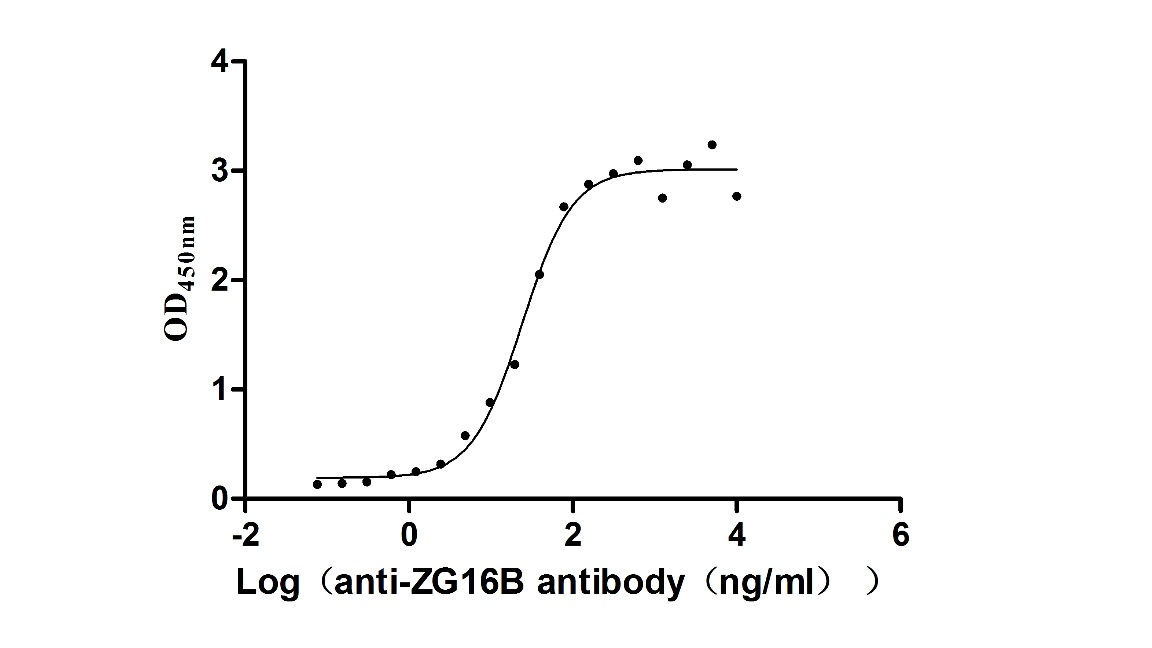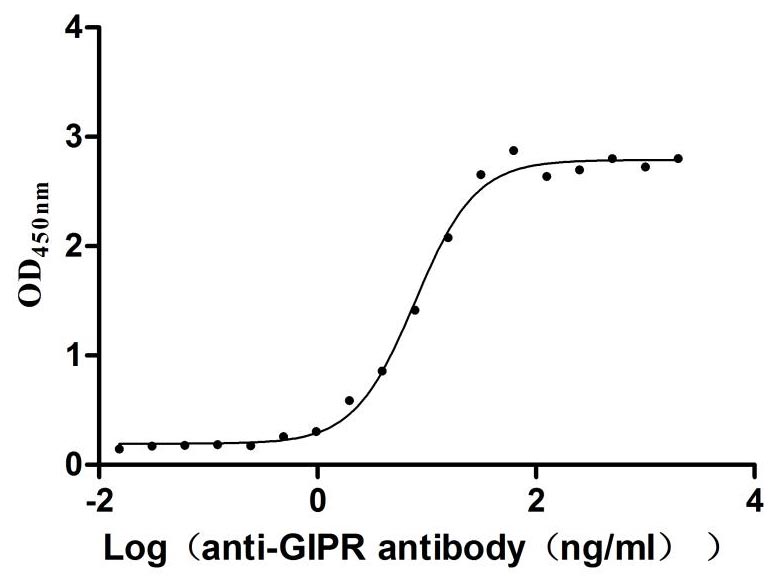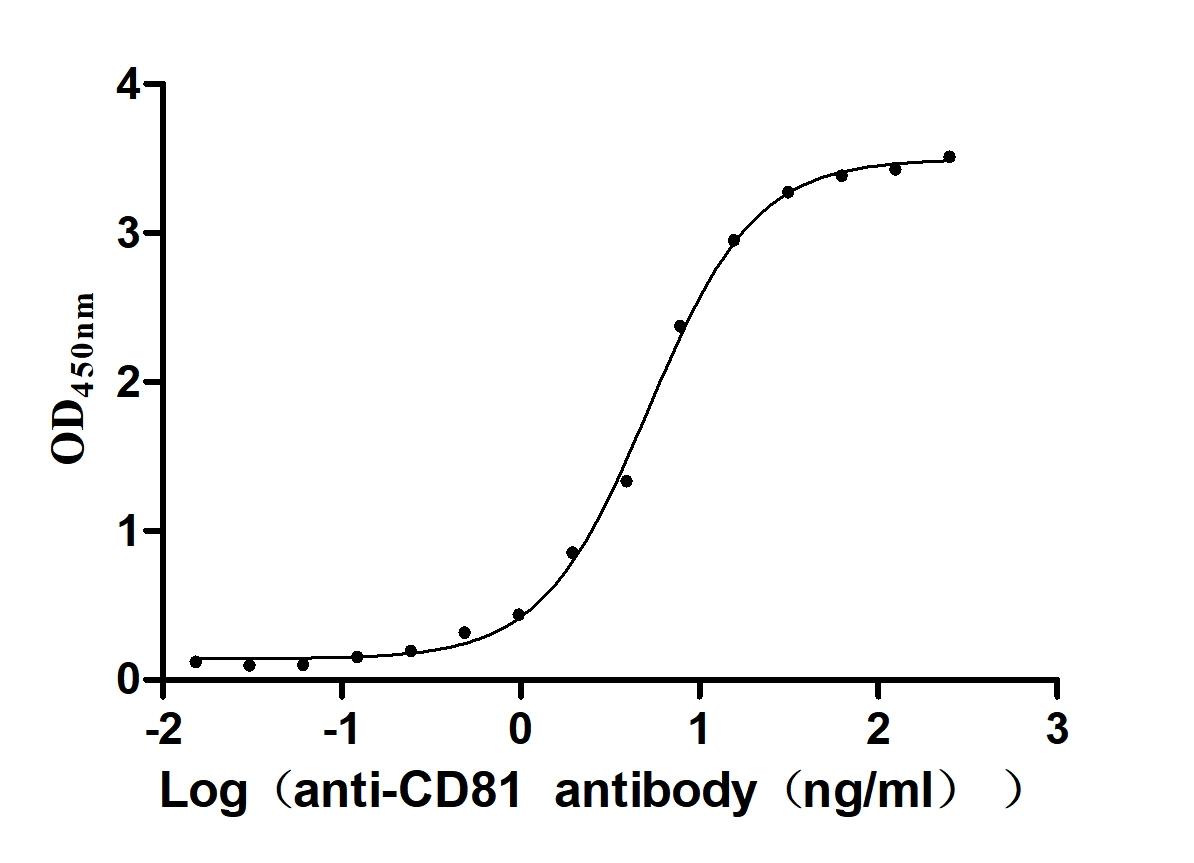Recombinant Mouse Tumor necrosis factor receptor superfamily member 21 (Tnfrsf21), partial
-
中文名稱:小鼠Tnfrsf21重組蛋白
-
貨號(hào):CSB-YP875334MO
-
規(guī)格:
-
來(lái)源:Yeast
-
其他:
-
中文名稱:小鼠Tnfrsf21重組蛋白
-
貨號(hào):CSB-EP875334MO
-
規(guī)格:
-
來(lái)源:E.coli
-
其他:
-
中文名稱:小鼠Tnfrsf21重組蛋白
-
貨號(hào):CSB-EP875334MO-B
-
規(guī)格:
-
來(lái)源:E.coli
-
共軛:Avi-tag Biotinylated
E. coli biotin ligase (BirA) is highly specific in covalently attaching biotin to the 15 amino acid AviTag peptide. This recombinant protein was biotinylated in vivo by AviTag-BirA technology, which method is BriA catalyzes amide linkage between the biotin and the specific lysine of the AviTag.
-
其他:
-
中文名稱:小鼠Tnfrsf21重組蛋白
-
貨號(hào):CSB-BP875334MO
-
規(guī)格:
-
來(lái)源:Baculovirus
-
其他:
-
中文名稱:小鼠Tnfrsf21重組蛋白
-
貨號(hào):CSB-MP875334MO
-
規(guī)格:
-
來(lái)源:Mammalian cell
-
其他:
產(chǎn)品詳情
-
純度:>85% (SDS-PAGE)
-
基因名:Tnfrsf21
-
Uniprot No.:
-
別名:Tnfrsf21; Dr6; Tumor necrosis factor receptor superfamily member 21; Death receptor 6; CD antigen CD358
-
種屬:Mus musculus (Mouse)
-
蛋白長(zhǎng)度:Partial
-
蛋白標(biāo)簽:Tag?type?will?be?determined?during?the?manufacturing?process.
The tag type will be determined during production process. If you have specified tag type, please tell us and we will develop the specified tag preferentially. -
產(chǎn)品提供形式:Lyophilized powder
Note: We will preferentially ship the format that we have in stock, however, if you have any special requirement for the format, please remark your requirement when placing the order, we will prepare according to your demand. -
復(fù)溶:We recommend that this vial be briefly centrifuged prior to opening to bring the contents to the bottom. Please reconstitute protein in deionized sterile water to a concentration of 0.1-1.0 mg/mL.We recommend to add 5-50% of glycerol (final concentration) and aliquot for long-term storage at -20℃/-80℃. Our default final concentration of glycerol is 50%. Customers could use it as reference.
-
儲(chǔ)存條件:Store at -20°C/-80°C upon receipt, aliquoting is necessary for mutiple use. Avoid repeated freeze-thaw cycles.
-
保質(zhì)期:The shelf life is related to many factors, storage state, buffer ingredients, storage temperature and the stability of the protein itself.
Generally, the shelf life of liquid form is 6 months at -20°C/-80°C. The shelf life of lyophilized form is 12 months at -20°C/-80°C. -
貨期:Delivery time may differ from different purchasing way or location, please kindly consult your local distributors for specific delivery time.Note: All of our proteins are default shipped with normal blue ice packs, if you request to ship with dry ice, please communicate with us in advance and extra fees will be charged.
-
注意事項(xiàng):Repeated freezing and thawing is not recommended. Store working aliquots at 4°C for up to one week.
-
Datasheet :Please contact us to get it.
靶點(diǎn)詳情
-
功能:Promotes apoptosis, possibly via a pathway that involves the activation of NF-kappa-B. Can also promote apoptosis mediated by BAX and by the release of cytochrome c from the mitochondria into the cytoplasm. Plays a role in neuronal apoptosis, including apoptosis in response to amyloid peptides derived from APP, and is required for both normal cell body death and axonal pruning. Trophic-factor deprivation triggers the cleavage of surface APP by beta-secretase to release sAPP-beta which is further cleaved to release an N-terminal fragment of APP (N-APP). N-APP binds TNFRSF21; this triggers caspase activation and degeneration of both neuronal cell bodies (via caspase-3) and axons (via caspase-6). Negatively regulates oligodendrocyte survival, maturation and myelination. Plays a role in signaling cascades triggered by stimulation of T-cell receptors, in the adaptive immune response and in the regulation of T-cell differentiation and proliferation. Negatively regulates T-cell responses and the release of cytokines such as IL4, IL5, IL10, IL13 and IFNG by Th2 cells. Negatively regulates the production of IgG, IgM and IgM in response to antigens. May inhibit the activation of JNK in response to T-cell stimulation.
-
基因功能參考文獻(xiàn):
- DR6 contributes to autoimmunity in lupus-prone mice. PMID: 28045014
- An orphan receptor, death receptor 6 (DR6), is required to drive Wallerian axon degeneration after axotomy in sympathetic and sensory neurons cultured in microfluidic devices. PMID: 28285993
- miR-17-5p induction was verified during renal ischemia-reperfusion injury. The induction was mediated by p53 and, following induction, this microRNA may repress death receptor 6 (DR6) to protect kidney cells and tissues from injury. PMID: 27622990
- data identify a new mechanism underlying tumour cell extravasation and metastasis, and suggest endothelial DR6-mediated necroptotic signalling pathways as targets for anti-metastatic therapies PMID: 27487218
- This study demonistrated that DR6 to contribute to axonal pruning occurring during experience-dependent cortical plasticity throughout life. PMID: 24048829
- A DR6/p75(NTR) complex is responsible for beta-amyloid-induced cortical neuron death. PMID: 23559013
- Pla2g7 and Tnfrsf21 have been identified as genetic susceptibility to influenza genes in mice. PMID: 22427645
- role in oligodendrocyte survival, differentiation and myelination PMID: 21725297
- findings show that DR6 expression is significantly but transiently upregulated only in activated both CD4+ and CD8+ T cells in NF-kappaB and NF-AT dependent manner with a contribution of PI3K-dependent signaling PMID: 21501873
- T cells lacking the DR6 receptor generate a severe form of acute graft-versus-host disease with accelerated onset, increased severity, rapid weight loss, and earlier organ damage and mortality. PMID: 12244201
- Enhanced B cell expansion, survival, and humoral responses by targeting death receptor 6. PMID: 12515813
- Death receptor 6 plays an important role in regulating leukocyte infiltration and function in the induction and progression of experimental autoimmune encephalomyelitis. PMID: 16081797
- point to a critical role of DR6 in regulating airway inflammation in the ovalbumin-induced mouse model of asthma PMID: 16730379
- results indicate that APP and DR6 are components of a neuronal self-destruction pathway, and suggest that an extracellular fragment of APP, acting via DR6 and caspase 6, contributes to Alzheimer's disease PMID: 19225519
顯示更多
收起更多
-
亞細(xì)胞定位:Cell membrane; Single-pass type I membrane protein.
-
組織特異性:Detected in spleen B-cells (at protein level). Ubiquitous. Highly expressed in adult spleen, thymus, testis, prostate, ovary, small intestine, colon, brain, lung and kidney, and in fetal brain, liver and lung. Detected at lower levels in adult peripheral
-
數(shù)據(jù)庫(kù)鏈接:
Most popular with customers
-
Recombinant Severe acute respiratory syndrome coronavirus Spike glycoprotein (S), partial (Active)
Express system: Mammalian cell
Species: Human SARS coronavirus (SARS-CoV) (Severe acute respiratory syndrome coronavirus)
-
Recombinant Mouse Transthyretin (Ttr) (Active)
Express system: Mammalian cell
Species: Mus musculus (Mouse)
-
Recombinant Human Epithelial discoidin domain-containing receptor 1 (DDR1), partial (Active)
Express system: Mammalian cell
Species: Homo sapiens (Human)
-
Recombinant Human Dickkopf-related protein 1 (DKK1) (Active)
Express system: Mammalian cell
Species: Homo sapiens (Human)
-
Recombinant Macaca fascicularis zymogen granule protein 16 homolog B (ZG16B) (Active)
Express system: Mammalian cell
Species: Macaca fascicularis (Crab-eating macaque) (Cynomolgus monkey)
-
Recombinant Rat Gastric inhibitory polypeptide receptor (Gipr), partial (Active)
Express system: Mammalian cell
Species: Rattus norvegicus (Rat)
-
Recombinant Human CD81 antigen (CD81), partial (Active)
Express system: Mammalian cell
Species: Homo sapiens (Human)
-
Recombinant Human CD70 antigen (CD70), partial (Active)
Express system: Mammalian cell
Species: Homo sapiens (Human)


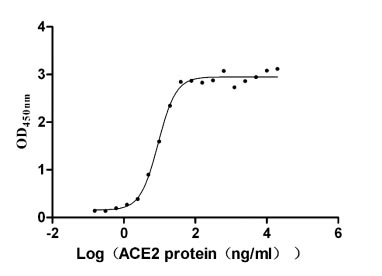
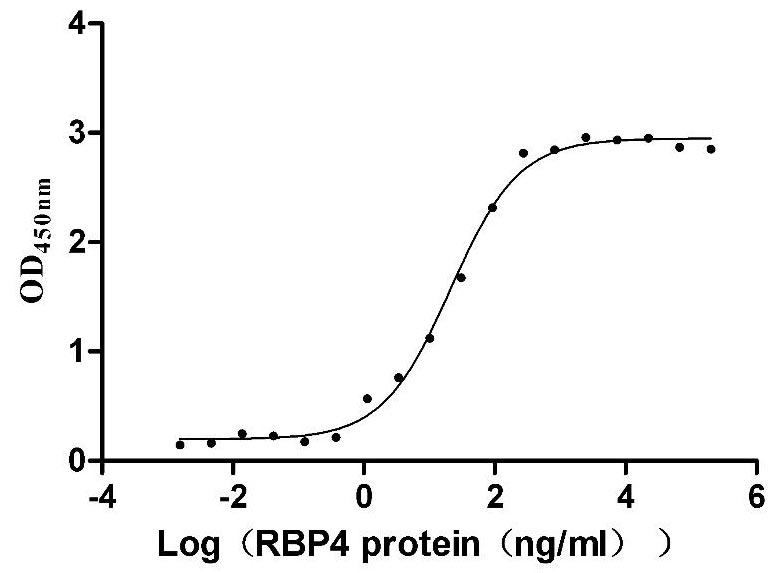

-AC1.jpg)
